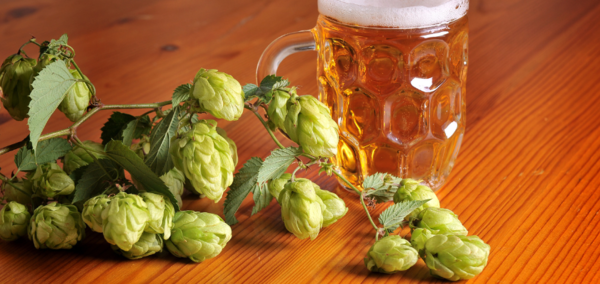The global beer industry is entering a phase of structural change. According to the BarthHaas Report 2024/25, beer production dropped slightly to 1.875 billion hectoliters (-0.3% YoY), reflecting shifting consumer habits and broader macroeconomic pressures.
At the same time, hop cultivation and usage are evolving, with reduced acreage but higher yields and alpha acid concentration, showing how the sector is adapting through efficiency and innovation.

Less Hop Acreage, Better Output
In 2024, global hop acreage fell by 7.7%, down to 55,715 hectares. Crop volume decreased by 4%, yet the average alpha acid content rose from 10.0% to 10.5%, driving a 1% increase in alpha acid production to 11,912 metric tons. This trend highlights a clear shift: hop producers are focusing on maximizing performance per hectare while maintaining quality, despite climate challenges and economic pressure.
The Rise of Lighter and Low-Alcohol Beers
Changing taste is also reshaping the industry. The average hopping rate – grams of hops per hectoliter – declined in 2024. Lighter beer styles, including lagers and low/no alcohol options, are gaining ground across mainstream and craft segments alike.
This shift not only reduces hop demand per liter but also promotes more efficient brewing techniques and novel hop product formats.

Germany and the USA Dominate Alpha Production
Germany reclaimed its position as the world’s leading hop producer by acreage and volume. Together with the USA, the two countries account for 84% of global alpha acid output (43% Germany, 41% USA).
Germany’s strong performance in bittering hop varieties such as Herkules and Hallertau Magnum drove this lead, while the US saw a significant contraction in hop acreage (-18%) and a 16% drop in total yield.
A Structurally Oversupplied Market
Despite declining acreage, the market remains structurally oversupplied. The global alpha surplus is projected to exceed 1,100 metric tons in 2025. Several factors contribute to this imbalance: falling hopping rates, underused forward contracts, and a brewing industry facing lower demand and rising costs.
More sustainable, demand-driven strategies will be essential for long-term stability.
















